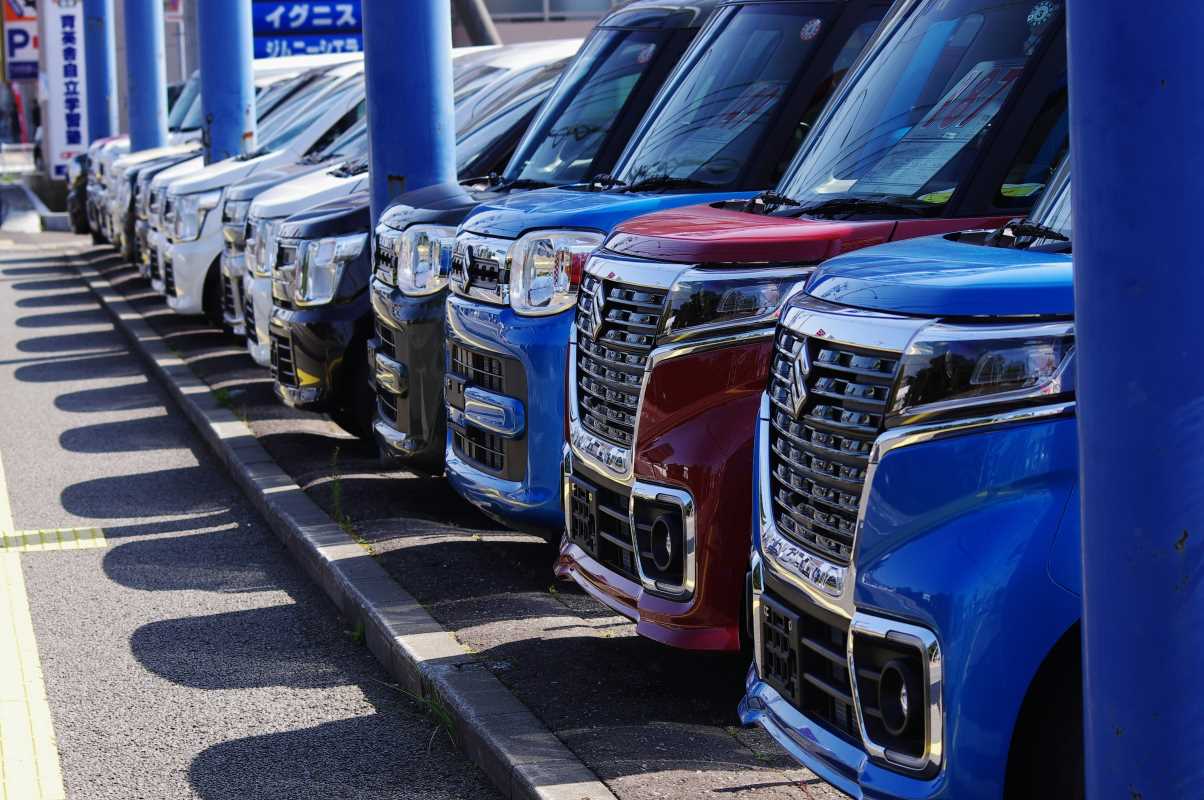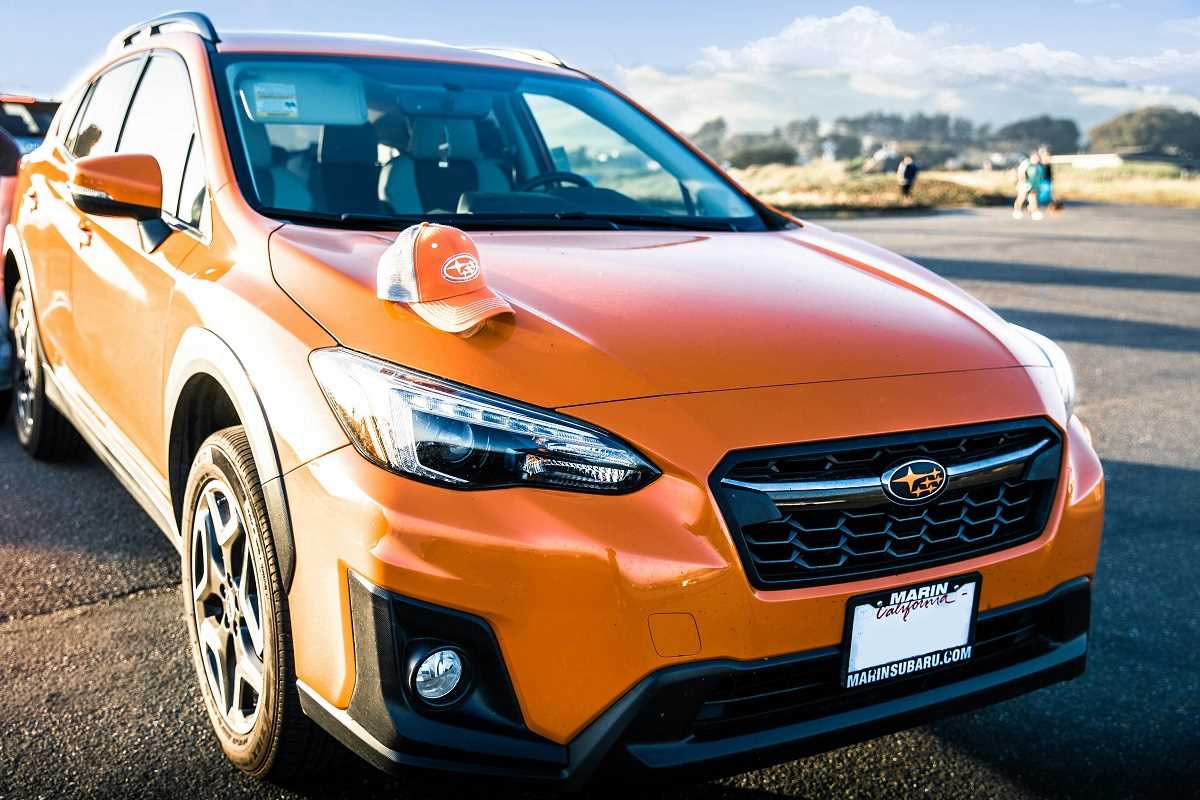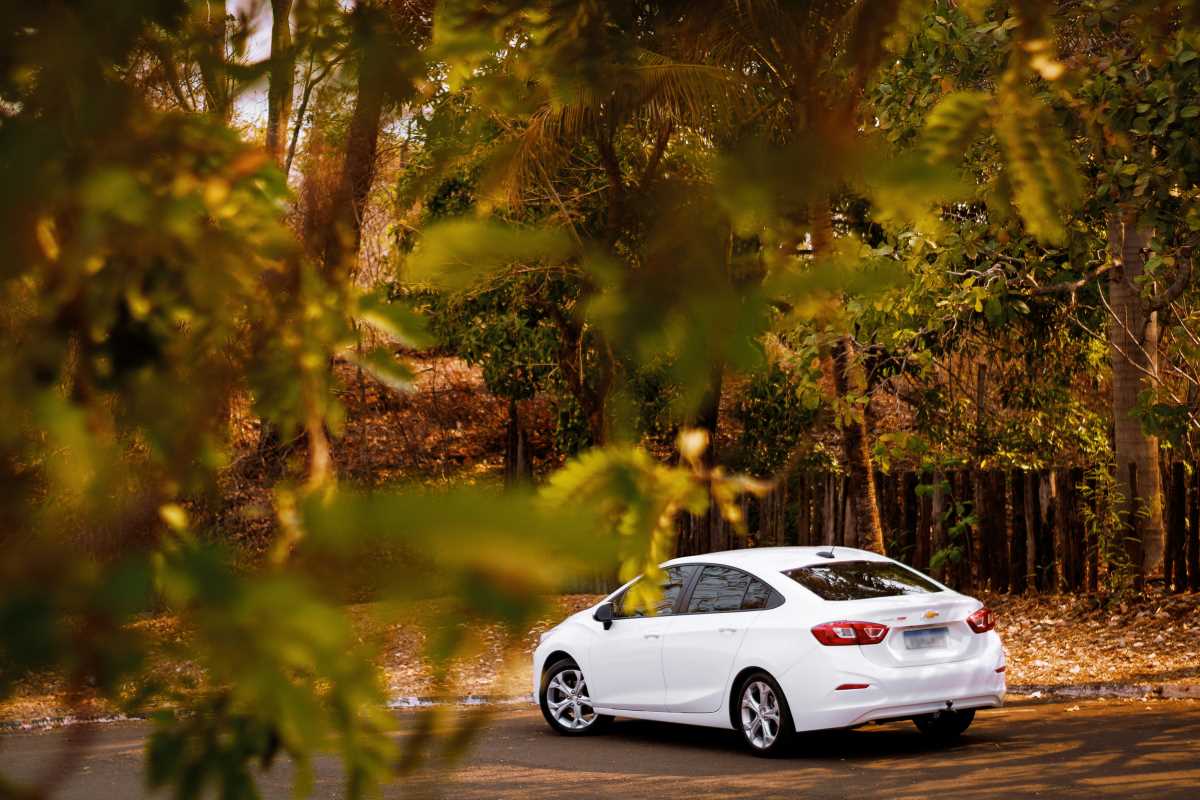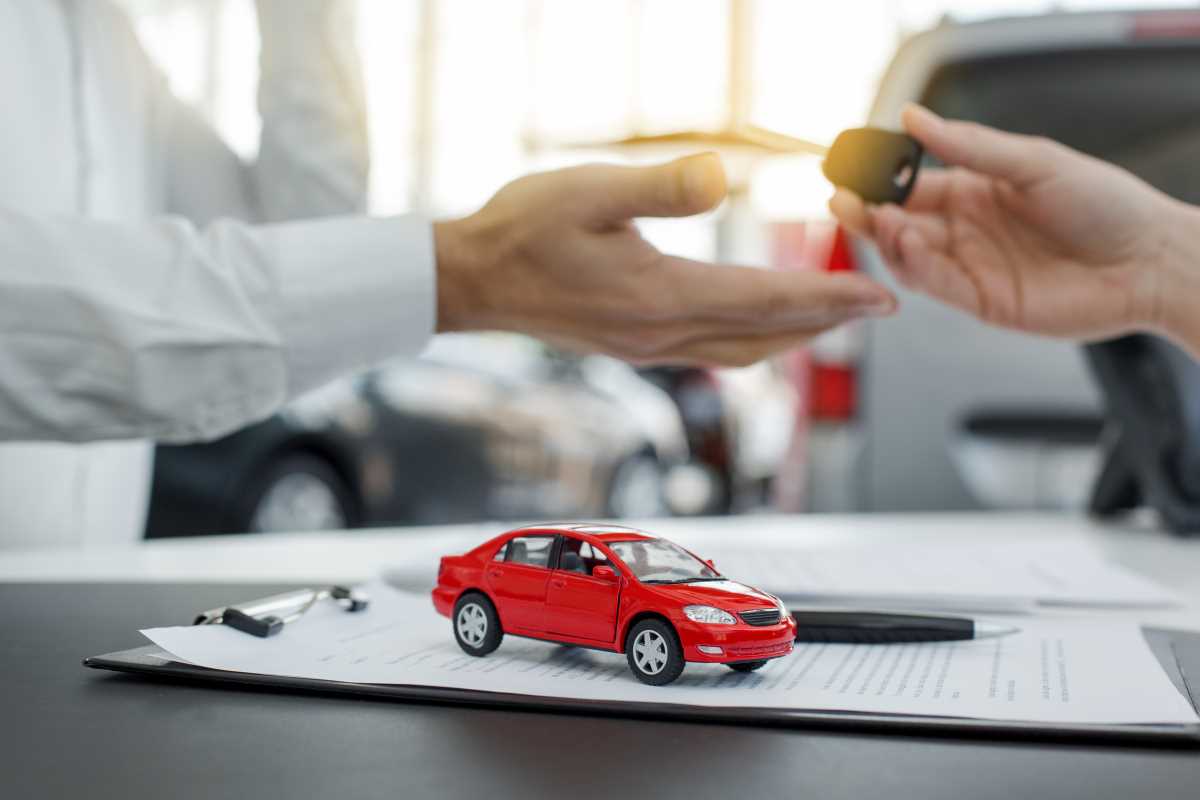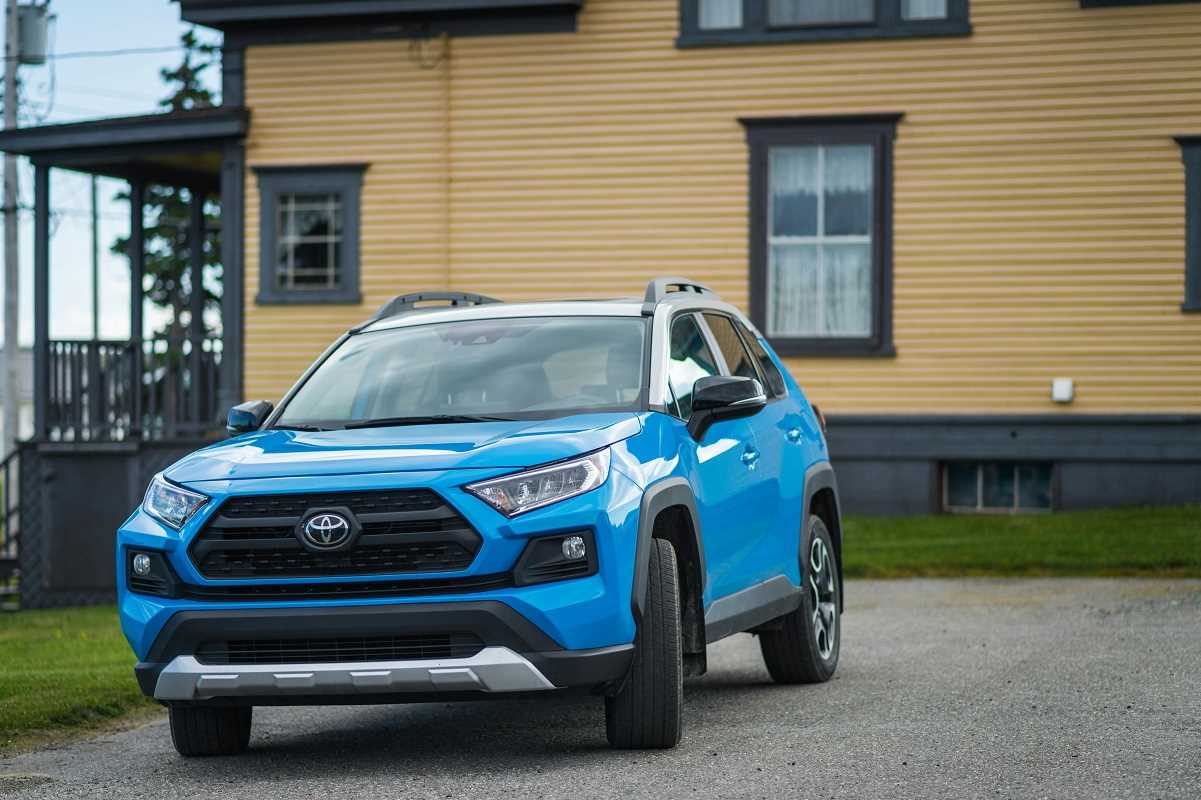Walking into a dealership to buy a car can feel intimidating, especially when the salesperson starts throwing around terms like "MSRP," "APR," and "dealer holdback." It’s like trying to understand a foreign language for most of us. Knowing what these terms mean can make a huge difference. It gives you the power to negotiate confidently and protect yourself from unnecessary fees or bad deals. The good news? You don’t have to be a car expert to make sense of dealership jargon. With a little guidance, you can crack the code and be one step ahead the next time you’re car shopping. Here’s an easy crash course to help you decode dealership lingo and make informed decisions with confidence.
1. MSRP (Manufacturer’s Suggested Retail Price)
MSRP stands for Manufacturer’s Suggested Retail Price, also known as the sticker price. It’s a price recommended by the car manufacturer, but dealerships often don’t sell cars at the MSRP. Instead, they might list cars at prices above or below this number, depending on demand or promotions.
MSRP is just a starting point. Many dealerships are open to negotiating below MSRP, especially for cars that aren’t selling quickly. Research what others in your area are paying for the same model to give you leverage for negotiations.
2. Invoice Price
The invoice price is what the dealership technically pays the manufacturer for a car. This is different from the MSRP. Salespeople don't usually advertise the invoice price upfront, but it’s important to know because it can sometimes be used as a bargaining point.
The invoice price isn’t necessarily the dealership’s bottom-line cost because dealerships often get additional incentives and rebates from the manufacturer. If you can find the invoice price (through resources like TrueCar or Edmunds), you'll know how low you can reasonably negotiate.
3. Dealer Holdback
Dealer holdback is a lesser-known term but an important one if you’re negotiating. It’s a small percentage (often 1-3%) of the car’s invoice price that the manufacturer refunds to the dealership after the car is sold.
This means that even if a dealership sells a car at or slightly below the invoice price, they might still profit thanks to the holdback. Understanding this can help you push for a better deal.
4. APR (Annual Percentage Rate)
APR is your loan’s annual percentage rate, or in simpler terms, the cost of borrowing money. When financing a car, this is the rate the lender charges for the loan, and it’s often represented as a percentage. A lower APR means you’ll pay less in interest over time.
Dealerships often offer in-house financing, but their APR might not always be the best deal. Compare offers from your bank or credit union before committing to any financing. If the dealership tells you they can beat your bank’s rate, make sure to get all the details in writing before agreeing.
5. F&I (Finance and Insurance) Office
The F&I office is where you’ll finalize your purchase. This is also where dealerships pitch additional products or services, like extended warranties, gap insurance, or rustproofing. While some of these add-ons are useful, others might not be worth the price.
Don’t feel pressured to buy extras on the spot. Take your time to consider if these products genuinely have value for you. You can also shop around for things like extended warranties from third-party providers before committing to a deal.
6. Depreciation
Depreciation refers to how much value a car loses over time. New cars often lose the most value within the first few years of ownership. This is why many buyers opt for certified pre-owned (CPO) vehicles, which have already gone through the steepest depreciation.
If resale value is important to you, look for cars known for holding their value well. Brands like Toyota and Honda tend to depreciate slower than others, making them a good long-term investment.
7. Trade-In Value
If you’re trading in your old car, the dealership will evaluate its trade-in value. This is the amount they’re willing to pay you for your car, which can go toward the purchase price of your new car. Keep in mind that trade-in values are often lower than what you’d get selling privately.
Get your car appraised beforehand using tools like Kelley Blue Book or Carfax. That way, you’ll know if the dealership’s offer is fair or if they’re lowballing you.
8. Add-Ons and Accessories
Dealerships often advertise accessories like upgraded rims, tinted windows, or custom floor mats as add-ons. These extras might look appealing, but they can come at a hefty price if purchased directly through the dealership.
If you really want a custom feature, research how much it’d cost to have it done elsewhere. Getting windows tinted through a third-party business will usually be much cheaper.
9. Incentives and Rebates
Manufacturers and dealerships often offer special promotions to encourage car sales. These can include cash-back offers, low-interest financing, or even discounts for students or military personnel.
Ask about any current incentives or rebates when negotiating. These discounts are often stackable, meaning you can combine multiple offers to save even more money.
10. Out-the-Door Price
The out-the-door price is the total cost you’ll pay when you buy a car. This includes the car’s price, taxes, registration fees, documentation fees, and any dealer add-ons you’ve agreed to.
Always ask for the out-the-door price before committing to a deal. This prevents surprise fees from inflating the cost beyond what you're expecting.
11. Documentation Fee (Doc Fee)
The dealership charges a documentation fee for processing all the paperwork involved in your purchase. The fee is legitimate, but it can sometimes be inflated beyond reason.
Doc fees are often non-negotiable, but you can use them as leverage elsewhere. Ask for a discount on the vehicle’s price to balance out a high doc fee.
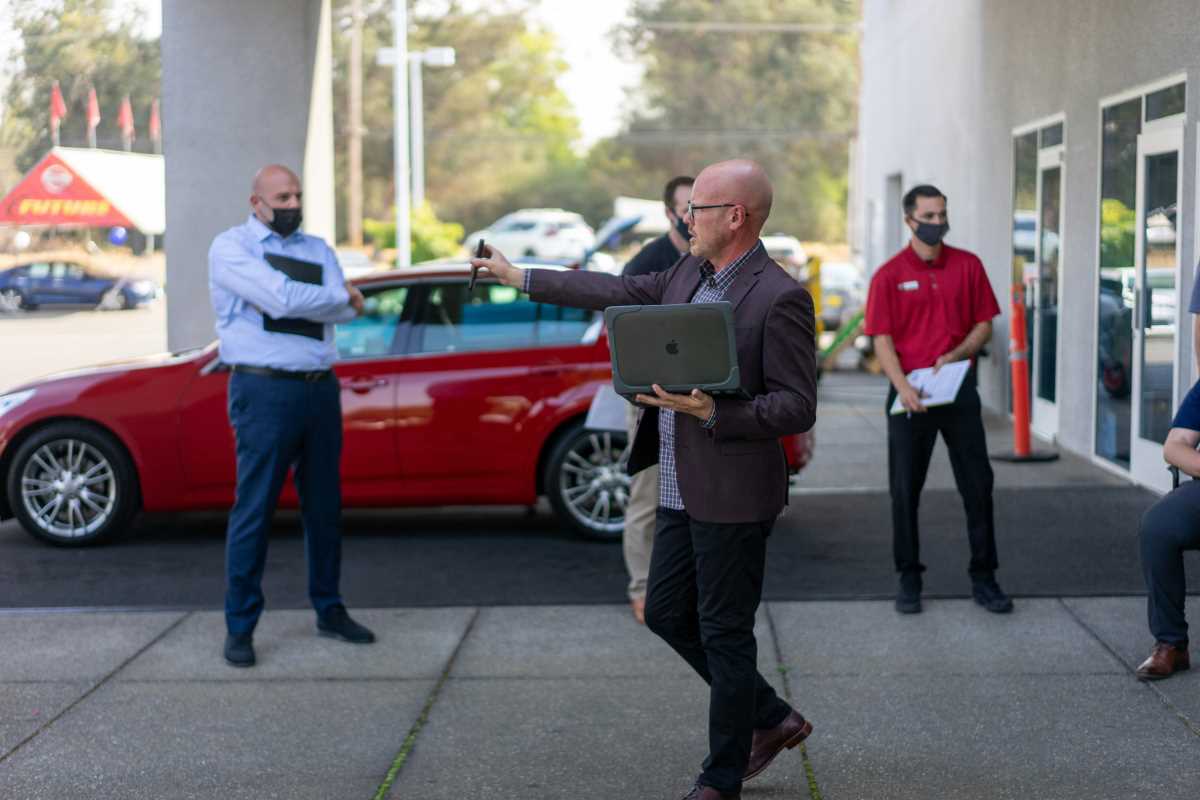 (Image via
(Image via